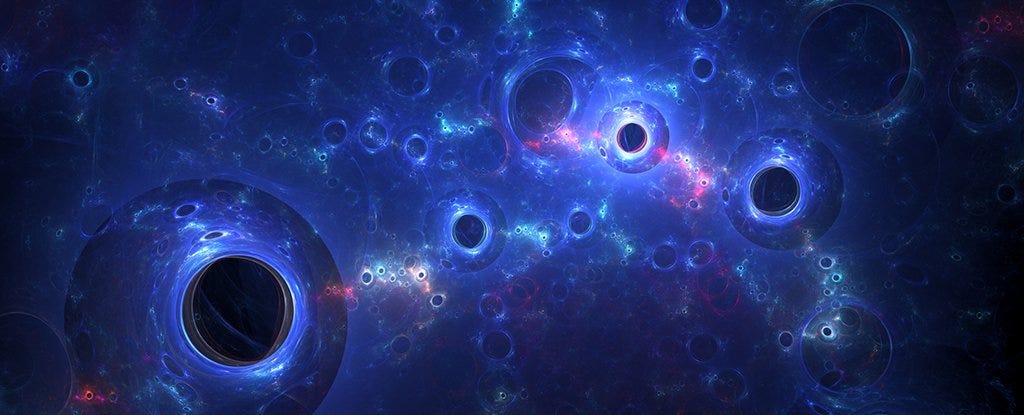Unveiling The Cosmic Mysteries Of Neutrinos And Dark Matter
Written by Churnika Gudla
Recent experiments, XENONnT in Italy and PandaX-4T in China, have picked up hints of neutrinos from the sun, showing that detectors are getting better at spotting minuscule particles. Neutrinos are very hard to detect because they interact very weakly with matter. However, scientists have long suspected that neutrinos, which are produced in the sun, could be picked up by dark matter experiments, and it looks like they were right! However, this “neutrino fog” brings challenges. While it helps scientists study neutrinos, it might also make it tougher to identify dark matter, as both can trigger similar reactions in detectors.
What Is Dark Matter?
• Dark matter is invisible because it doesn’t emit, absorb, or reflect light. We know it exists because of its gravitational effects on things like stars and galaxies.
• It doesn’t interact with light but has mass and helps hold galaxies together.
• Galaxies spin in a way that suggests there’s more mass than we can see. Without dark matter, they wouldn’t stay together. • Theories suggest dark matter could be made of unknown particles, like WIMPs or axons.
What Are Neutrinos?
• They are much smaller than atoms and have very little mass.
• They pass through matter, including Earth, almost unnoticed.
• Electron neutrinos come from the sun and radioactive decay.
• Muon neutrinos are produced by high-energy events like cosmic rays.
• Tau neutrinos result from interactions with heavier tau particles.
Conclusion
Neutrinos are important in processes like the sun’s reactions and supernovae. Detecting them needs very sensitive and large detectors, often placed underground. Currently, experiments use liquid xenon to catch dark matter particles, which causes the xenon atoms to recoil. Neutrinos can also cause this recoil, mixing the results. In the future, scientists might need new methods to separate neutrinos from dark matter signals. For now, these discoveries are a significant step in understanding both neutrinos and dark matter.
References
https://www.sciencenews.org/article/neutrino-fog-dark-matter-experiments


